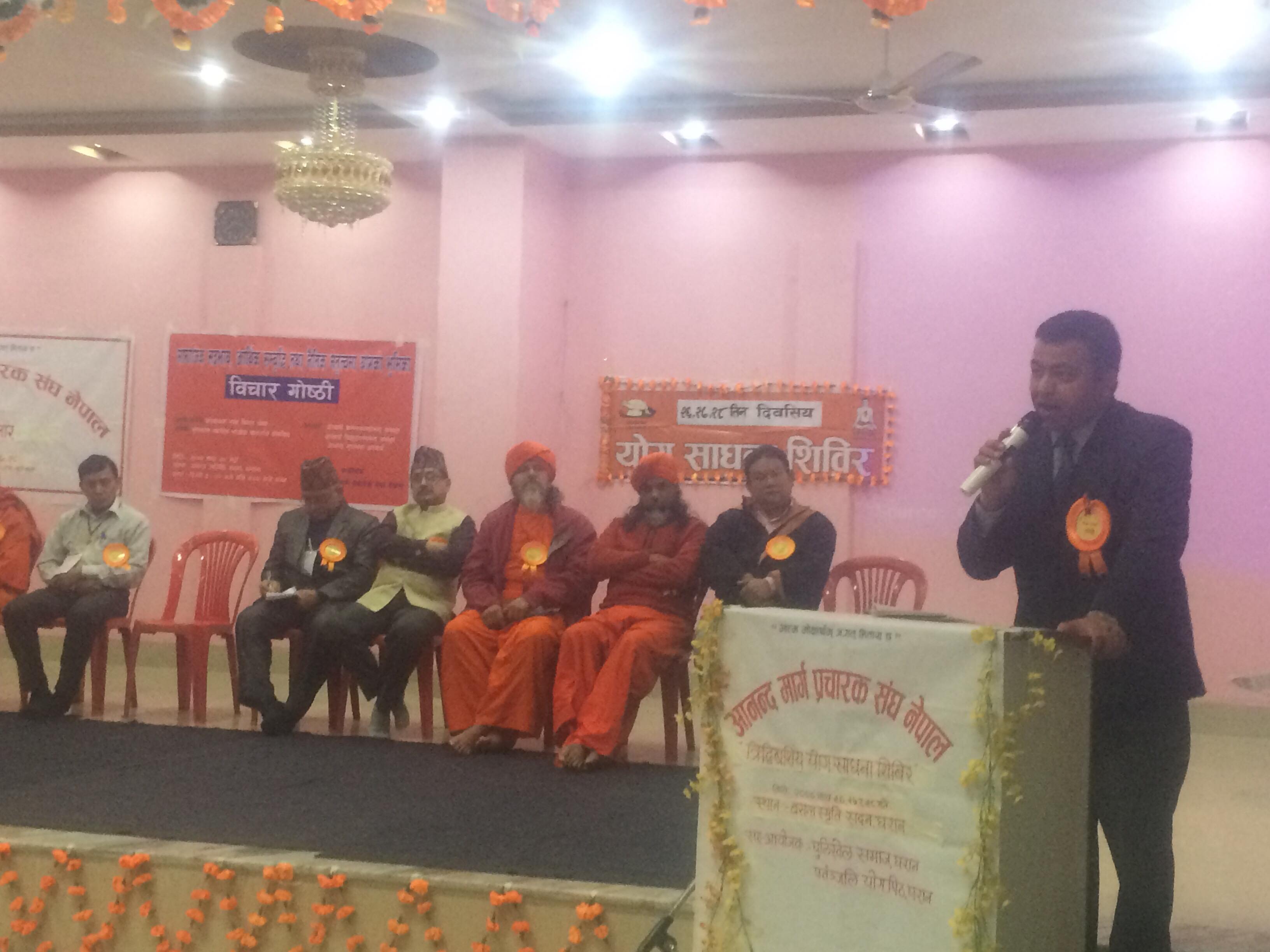Module 14: Epidemiology-II
Epidemiology studies; descriptive, analytical and experimental
Basic concepts about the transmission of infectious agents [Click Here]
Principles of control about communicable disease
Principles of control of non-communicable disease
Investigation and control of an epidemic [Click here]
Epidemiological principles underlying screening
Distinction between screening and diagnostic test
Calculate: sensitivity, specificity, positive predictive value etc. for screening test [Click Here]
Collect and interpret clinical, psycho-social information from patient/ family to understand natural history of a disease
Which study design is best for testing of the hypothesis of rare diseases?
- Cross-sectional study
- Case-control study
- Cohort study
- Meta-analysis
The CFR of COVID 19 in Nepal is around
- 0.02%
- 0.2%
- 2%
- 22%
The 90% sensitivity of RDT for COVID 19 screening test is:
- 90 percent of the non-diseased persons will give "true negative" result
- 90 percent of the diseased people screened by the test will give a "true positive" result
- 10 percent of the diseased people screened by the test will give a "true positive" result
- 10 percent of the non-diseased persons will give "true negative" result
The period between the possible time of detection and the actual time of diagnosis is
- Lead time
- Screening time
- Generation time
- Serial interval
Changes in the occurrence of a disease over long periods of time are known as
- Epidemics
- Seasonal trends
- Cyclical trends
- Secular trends
Incidence of the disease is best studied in
1. Cross-sectional study
2. Cohort study
3. Case-control study
4. Meta-analysis
The proportion of patients who test positive who actually have the disease is
- Sensitivity
- Specificity
- PPV
- NPV
The constant presence of a disease or infectious agent within a given geographic area or population group is termed as
- Epidemic
- Endemic
- Sporadic
- Exotic
Define Screening. Differentiate between a Screening test and Diagnostic test. (2+3= 5)





